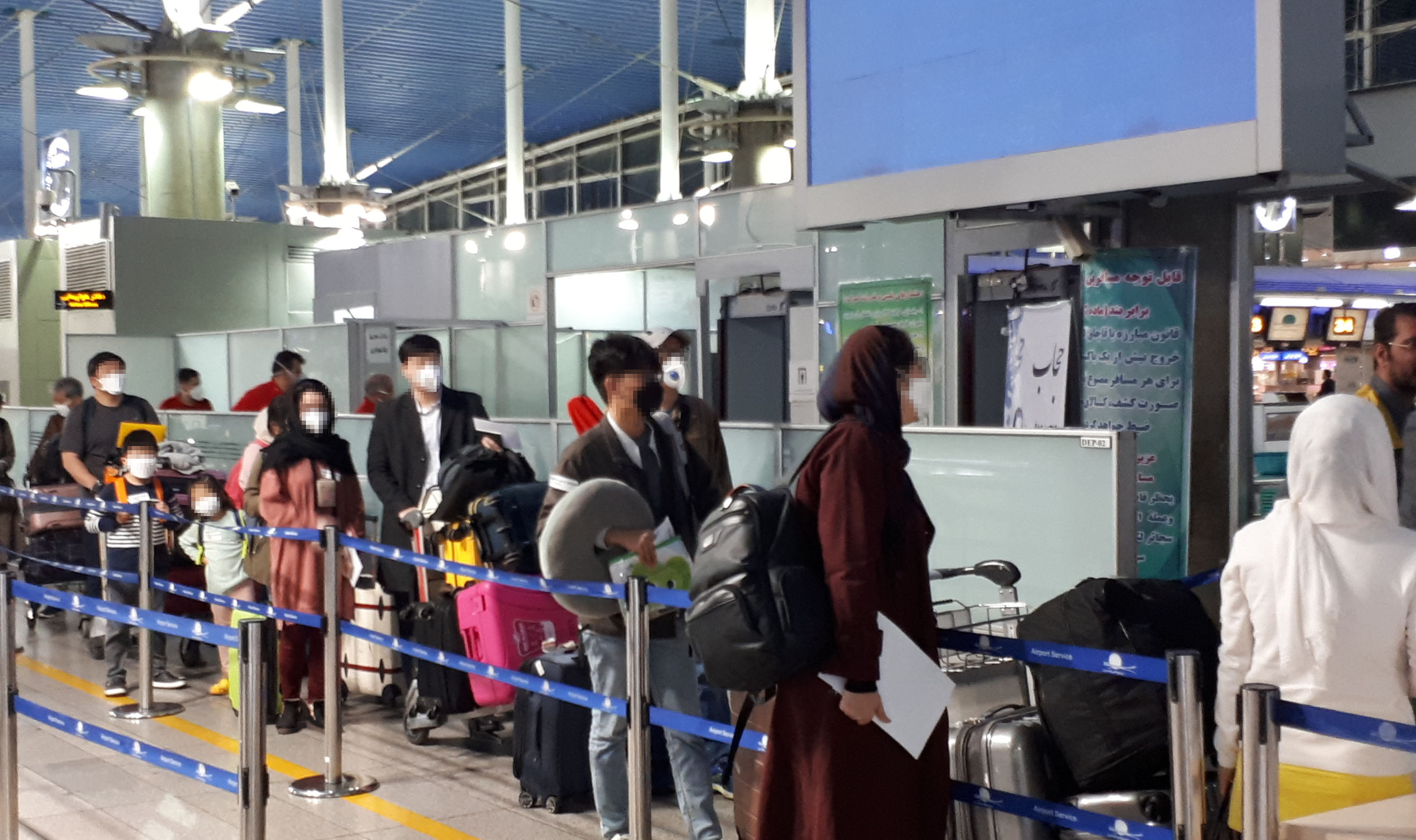SEOUL, July 10 (NNN-YONHAP) — South Korea’s new daily virus cases fell below 50 on Friday, but imported cases and infections tied to churches continued despite enhanced anti-infection measures, Yonhap news agency reported.
The country added 45 cases, including 22 local infections, raising the total caseload to 13,338, according to the Korea Centers for Disease Control and Prevention (KCDC).
South Korea reported more than 60 new virus cases for three consecutive days through Sunday, before falling below 50 on Monday and Tuesday. The new daily cases rebounded to 63 on Wednesday and reached 50 the following day.
The country identified 23 more imported cases, posting double-digit numbers for more than two weeks. On Wednesday, the figure reached a three-month high of 33 cases.
“As COVID-19 continues to spread around the globe, there has been an increase in the number of imported cases,” Yoon Tae-ho, a senior health official, said in a briefing.
Yoon said although it is not likely for arrivals from overseas to spread the virus here, the country plans to further bolster preventive measures.
“Starting Monday, all foreign nationals arriving from a number of high-risk countries are obligated to hand in certificates issued within 48 hours proving that they tested negative for the virus,” Yoon said.
He declined to elaborate on which countries will be affected by the regulation but said South Korea has notified affected nations separately.
The country also has ordered regular flights from risky countries to limit the number of passengers to 60 percent of their capacity.
South Korea will beef up its monitoring on the people under self-quarantine as well.
Sporadic cluster infections across the nation continued to rise, mostly attributable to religious facilities where worshipers gather en masse in a closed environment.
Starting Friday, South Korea started prohibiting churches nationwide from organizing gatherings other than regular worship services. A QR code-based registration scheme, which has been imposed on entertainment facilities, such as clubs, will be applied at churches as well.
“The measure is aimed at preventing potential risks posed by gatherings at churches,” Yoon said. “They will be lifted depending on the future circumstances.”
Of the new local infections, three cases were reported in the southwestern city of Gwangju, which has emerged as a new hotbed of the virus outbreak outside of the Seoul metropolitan area.
A total of 121 cases linked to a door-to-door business in the city were reported as of Friday, up four from a day earlier. Another cluster infection from a cram school in the city were also included in the updated figure.
The capital city of Seoul added seven cases, with the surrounding Gyeonggi Province seeing three more cases, the KCDC data showed.
The capital city accounted for the second-highest number of COVID-19 cases as of Friday, outpacing North Gyeongsang Province for the first time.
Cases tied to door-to-door businesses in the greater Seoul area reached 35, up one from the previous day.
A building located in the Gwanghwamun area of central Seoul reported six patients, up five from Thursday. Health authorities are currently making efforts to track down people who have contacted those patients.
Daegu, which added no new cases on the day, still stands at the hardest-hit city by accounting for more than half of the accumulated infections, due mainly to thousands of cases traced to a minor religious sect.
The central city of Daejeon added seven more infections.
“In South Korea, the number of infections in the greater Seoul area has slightly fell, but we are also experiencing upticks in Daejeon and Gwangju through door-to-door sales businesses and other crowded facilities,” KCDC Director Jeong Eun-kyeong said.
In early May, South Korea eased social distancing, but cluster infections from clubs, churches, and door-to-door sales businesses in the greater Seoul area have forced health authorities to take a step back and reinforce distancing rules in the region.
The eased social-distancing scheme hinges on the condition that the daily new infections stay at 50 or below, although small ups and downs may be tolerated. Accordingly, South Korea will seriously need to review enhancing distancing rules nationwide should the daily figures further escalate.
On Thursday, health authorities said studies showed that the country was far from developing herd immunity, which means citizens should strictly follow sanitary rules until COVID-19 vaccines become available.
Of the newly added imported cases, four of them were detected at checkpoints at airports and ports.
The accumulated number of imported cases reached 1,791, accounting for roughly 13 percent of all COVID-19 infections here. South Korean nationals accounted for 72.6 percent of the imported cases.
The country reported one more death, raising the death toll to 288. The fatality rate was 2.16 percent.
The rate, however, was over 25 percent for patients aged 80 and above.
The total number of people released from quarantine after full recoveries stood at 12,065, up 46 from the previous day.
South Korea has carried out 1,384,890 COVID-19 tests since Jan. 3.
Over the past two weeks, around 9 percent of the newly reported patients had unknown infection routes.






